This article explores the spatial mobility of disadvantaged populations in order to enhance our understanding of transport poverty. It is based on participatory GPS tracking data collected in peripheral rural regions in Czechia and Germany. The data provide information on the two-week mobility of 61 socially disadvantaged study participants belonging to the following groups: (a) the lone elderly, (b) the labor market disadvantaged, and (c) single parents. The quantitative analysis utilizes group comparisons of activity space metrics. The results show that the mobility of disadvantaged people varied little between countries and regions, which indicates that individual social disadvantage mattered more than regional spatial disadvantage. Daily mobility depended on individual mobility strategies, and on people’s embeddedness in social networks. The mobility patterns of socially disadvantaged groups differed, and showed considerable withingroup variability. Our analysis finds that the effects of car access depended on the respondents’ levels of social disadvantage; and that a car was not a merely a transport variable, but a socially conditioned variable. Understanding how automobility in rural peripheries is mediated by social ties, and how it can both enable and constrain chances for social participation, is essential for developing measures aimed at reducing transport poverty.
Article with impact factor
van Dülmen, Christoph, Šimon, Martin, Klärner, Andreas. 2022. „Transport Poverty Meets Car Dependency: A GPS Tracking Study of Socially Disadvantaged Groups in European Rural Peripheries.“ Journal of Transport Geography XX (X): xx – xx. ISSN 0966-6923. Available from: https://doi.org/10.1016/j.jtrangeo.2022.103351.
Authors:
Department:
Topics:
dluhy
gender
urban and rural studies
methodology
migration and mobility
standard of living


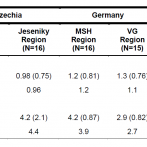
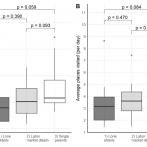
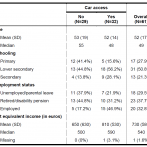
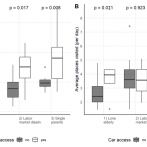
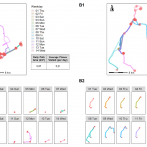
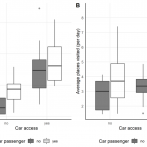
Newsletter
Facebook
X
Tweets by SociologickyNewsletter